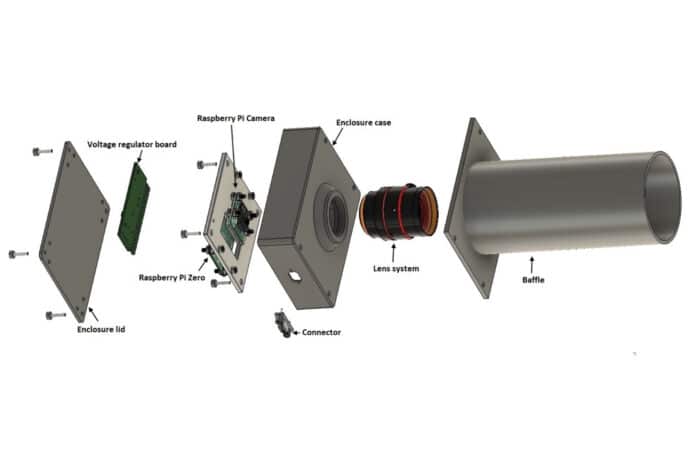A star sensor onboard a satellite determines the satellite’s attitude in space by identifying the stars in its field of view (FOV). The advantage of a star sensor over other sensors, such as magnetometers, sun sensors, etc., is that it provides more precise orientation information for the satellite to order a few arcseconds to micro-arcseconds depending on the star sensor model.
In recent years CubeSats and small satellite missions have gained huge popularity. These missions utilize commercially available components for their design and development, but the typical cost of a commercially available star sensor often exceeds the total budget for a CubeSat.
A star sensor has been created by scientists at the Indian Institute of Astrophysics (IIA) and its associates for use in astronomy and tiny satellite CubeSat class missions. This star sensor, named StarBerry-Sense, is based on commercial/off-the-shelf (COTS) components and costs less than 10% of those on the market. The instrument’s central processing unit is the Raspberry Pi, a single-board Linux computer popular among electronics hobbyists.
This star sensor has low-cost. It has been developed from off-the-shelf components that can help small CubeSat class satellite missions find their orientation in space.
Bharat Chandra, a Ph.D. scholar at IIA and the first author of the research, said, “We coupled some highly optimized algorithms with a raspberry Pi and turned it into a potent star sensor, named “StarBerry-Sense.” We could demonstrate that instruments built from easily available components can be qualified for space.”
The system’s primary benefits are its low cost and quick development cycle using readily accessible COTS components. Its modular design makes it simple and quick to customize for different needs. While StarBerry-Sense is designed for space-based applications, a modified version will interface with the Major Atmospheric Cherenkov Experiment (MACE) at the Indian Astronomical Observatory (IAO), Hanle, Ladakh.
The star sensor passed the vibration and thermal vacuum tests required before it can be launched into space and used. These tests were carried out internally at the environmental test facility at the CREST Campus of IIA in Hosakote.
The entire setup is housed inside a protective aerospace-grade aluminum enclosure. StarBerry-Sense takes pictures of the night sky and identifies the stars by comparing their positions to an internal database of prominent stars. The information is then used to determine the area of the sky the star sensor is viewing, aiding in determining the satellite’s orientation.
Journal Reference:
Bharat Chandra P, Mayuresh Sarpotdarc, Binukumar G. Naira et al. Low-Cost Raspberry Pi Star Sensor for Small Satellites. Journal of Astronomical Telescopes, Instruments, and Systems. DOI: 10.1117/1.JATIS.8.3.036002
